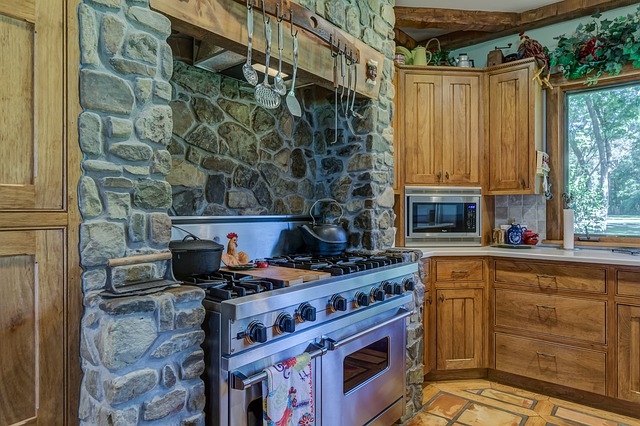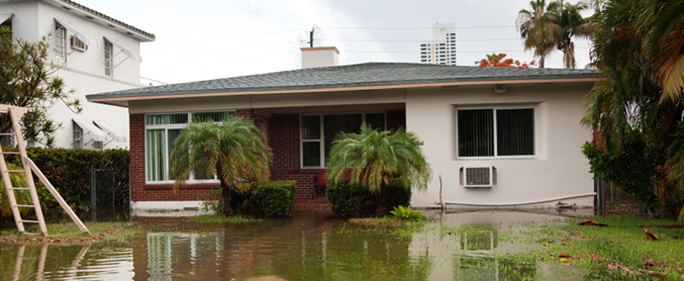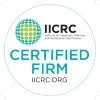As counties start to move to the yellow and green phases, there are still necessary precautions that need to be taken to safely open the doors of your business to the public. As of Friday May 29th, an additional 8 counties, which include Luzerne, Monroe, and Pike county, have moved to the yellow phase. Another 18 counties mainly in the northern and northwest area of Pennsylvania have now been moved to the green phase.
Yellow Phase Counties
There are many questions as what is and isn’t permitted in these different phases. Please reference the following bullet points on some key facts about the yellow phase counties:
Work Restrictions
-
If it is still feasible to do telework, than companies must continue operating that way.
- Child care facilities are able to open with the compliance of safety guidelines.
-
Schools will remain closed. Online instruction only.
Social Restrictions
-
Retail stores open for in person shopping.
-
Gatherings of 25 or more are strictly prohibited.
-
Gyms, spas, salons, and indoor entertainment all still remain closed.
Green Phase Counties
Here are some additional facts about counties that have been moved to the green phase:
Work and Congregate Restrictions
-
Telework is still encouraged if feasible.
-
Businesses that have been operating at 50% capacity in the yellow phase may increase to 75%
-
Hospital restrictions in place based on the decisions of each facility
Social Restrictions
-
Indoor recreation, personal care services, and health facilities can open at 50% occupancy
-
Hair salons and barbershops must operate by appointment only
-
Large gatherings of 250 people are prohibited
-
Entertainment facilities can also operate at 50% occupancy
*In each phase listed above, all businesses must adhere to the CDC and DOH guidelines for both cleaning and social distancing.
Helping Businesses Open Safely
Our mission at Damage Control Inc. during these times of transition, is to help businesses open quickly and safely. We pride ourselves in making sure we stay ahead of the curve when it comes to the newest technological advancements. This helps us to operate in the most effective way possible. We are currently using a top of the line, powerful disinfectant called Steramist to ensure our local businesses can reopening their doors with confidence. If you would like to learn more about Steramist please watch the following video. Call us today 1-877-341-9111 and speak to one of our professionals to schedule a free consult. We look forward to speaking with you!
 Did you know that
Did you know that  Anywhere it rains, a flood can occur. If you’re unprepared, it can lead to catastrophic consequences for your home. When preparing for a flood, follow the flood safety tips for homeowners listed in this blog post.
Anywhere it rains, a flood can occur. If you’re unprepared, it can lead to catastrophic consequences for your home. When preparing for a flood, follow the flood safety tips for homeowners listed in this blog post.  A common form of behavior therapy, flooding is often used to help people overcome phobias. Considering our line of business, we believe this to be particularly ironic. Our technicians and staff have experienced the stress and psychological implications felt by our clients first hand and understand how traumatic a flood can actually be.
A common form of behavior therapy, flooding is often used to help people overcome phobias. Considering our line of business, we believe this to be particularly ironic. Our technicians and staff have experienced the stress and psychological implications felt by our clients first hand and understand how traumatic a flood can actually be.